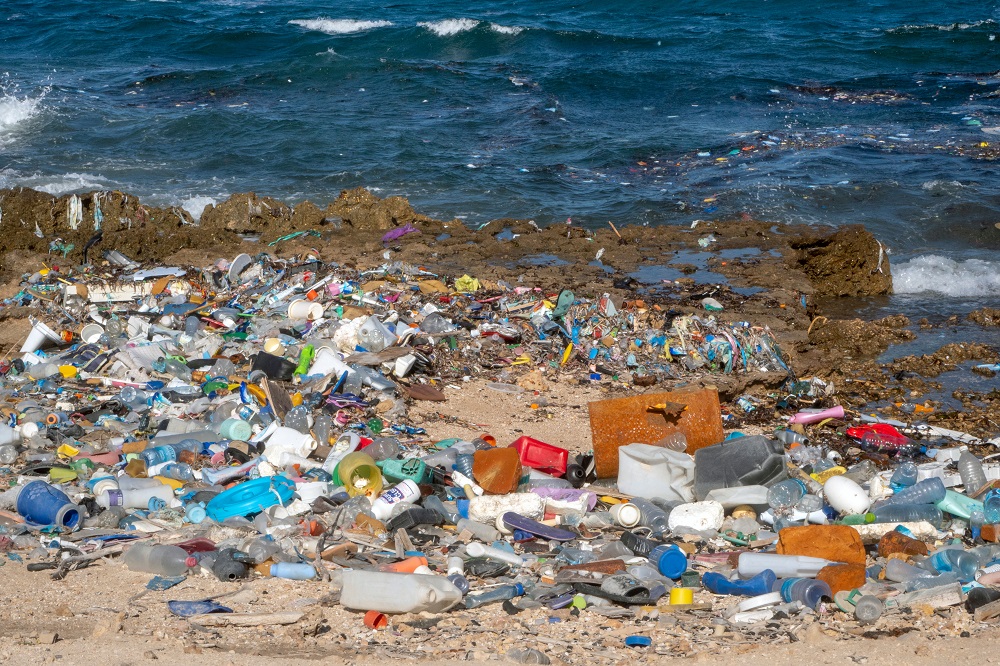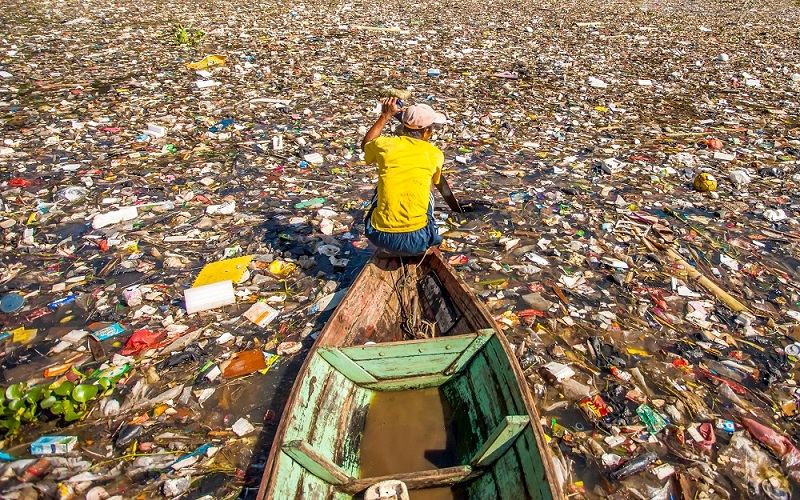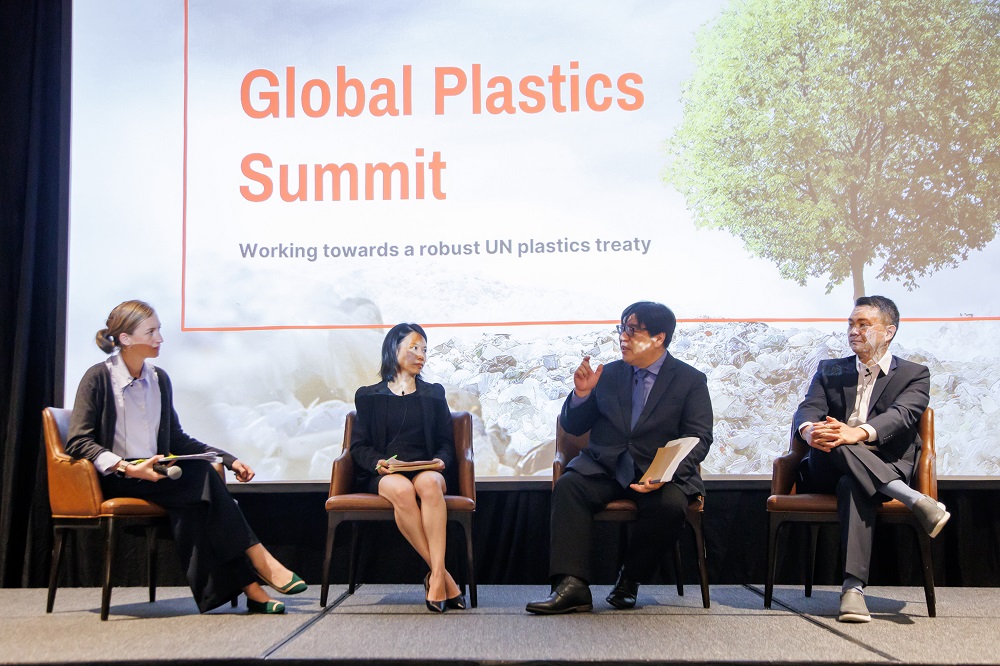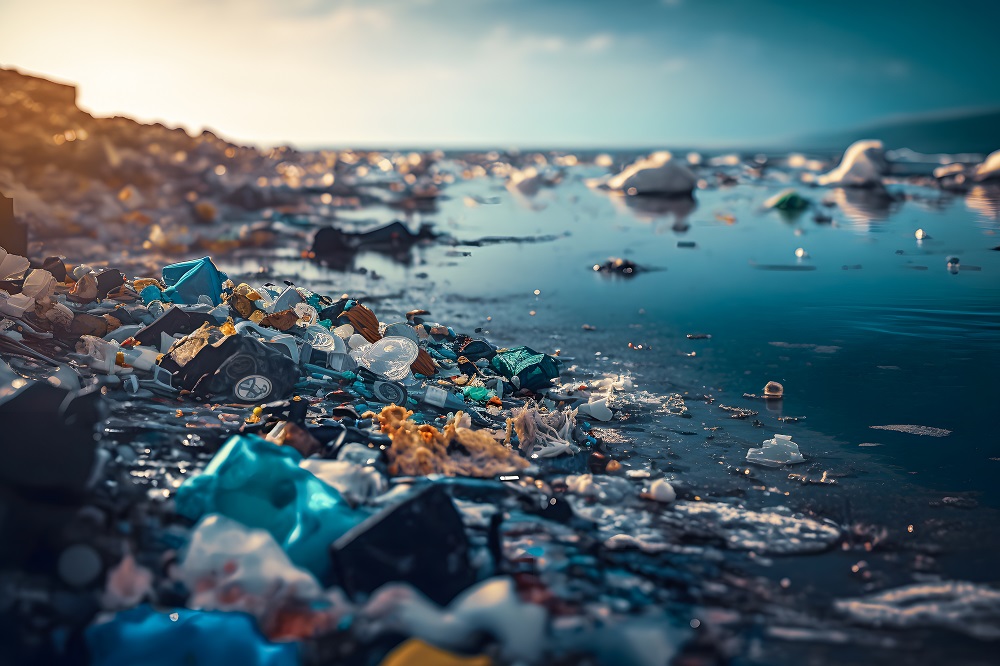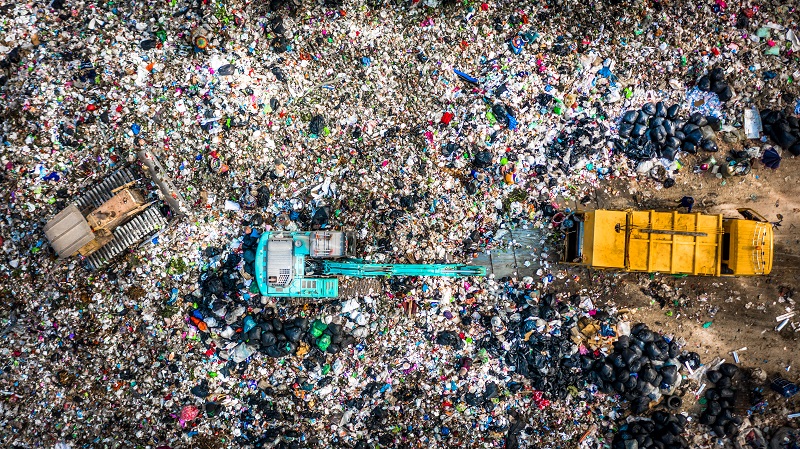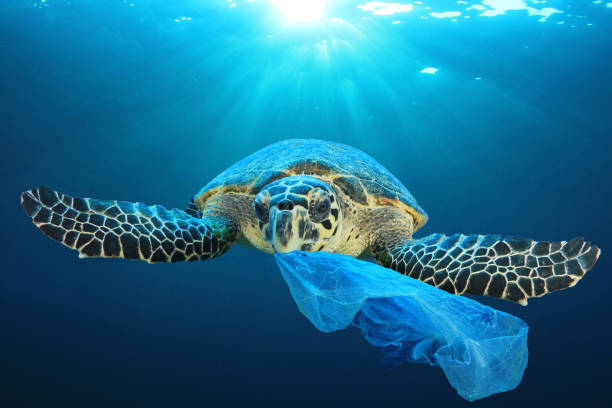The consumer survey encompassed 1,800 people around the world, with half from Generation Z (1997-2003) and Millennials (1981-96), while the other half were from Generation X (1965-80) and Baby Boomers (1946-64). The executive survey covered almost 800 business executives from a variety of sectors, including chemicals, construction, electronics, fast-moving consumer goods and healthcare.
Some of the survey’s key results are summarised below.
Plastic items are too cheap and too ubiquitous for consumers to reduce their use or increase recycling.
- Almost 60% of consumer respondents at best only sometimes purchase products with limited plastic components, while 22% said they rarely or never purchased such products, and 37% said they only sometimes purchased them.
- 41% said they purchased products with limited plastic components frequently or always.

- 43% of consumer respondents said the high cost of non-plastic items was the main barrier to reducing plastic use or increasing recycling.
- 36% said convenience was the main barrier, because items in their local stores all had plastic packaging.
- 21% said they found it difficult to understand which materials are recyclable.
Plastic items are too cheap and too ubiquitous for consumers to reduce their use or increase recycling.
- 19% of consumer respondents never segregate their waste and 42% sometimes do.
- 39% said they always segregate their waste.
- Among those who rarely or only sometimes segregate their waste, 62% said that the primary waste collectors will mix all waste together while dumping at a centralised location, so they see no value doing this.
- 57% said segregating waste was too time-consuming, while 27% said they were not aware of the benefits.
Consumers want cheap and sustainably designed products.
- 54% of consumer respondents said that they would buy substitute products with lesser packaging (or more sustainable packaging options) if they cost the same or less than “regular” products.
- 25% said they try to buy items with less plastic packaging where possible.
- 21% said they don’t make purchasing decisions based on the amount of plastic packaging.
- 70% of consumer respondents agreed that sustainable packaging and product design would help reduce plastic use.
- 61% agreed that incentives provided by retailers and producers would be effective.
- 50% felt that charges or fees on plastic items would be effective.
Executives support extended producer responsibility for plastic-producing and -using businesses.
- 43% of executive respondents strongly agreed and 40% agreed that businesses that produce or use plastic should be partly responsible for funding the collection and recycling of those products.
- 11% neither agreed nor disagreed, and only 5% disagreed.
Executives agree that optimising plastic production will prevent the problems of increasing plastic waste, but most organisations are yet to focus on sustainable product design.
- 33% of executive respondents strongly agreed and 30% agreed that optimising plastic production is an important step in preventing the increase of plastic waste.
- 27% neither agreed nor disagreed.
- Only 37% of executive respondents said their organisations had applied sustainable product design as a measure to optimise plastic use across their supply chains.
Executives believe consumers will pay more for products or services that are more sustainable.
- 74% of executive respondents believe that consumers will pay a higher amount for more sustainable products or services.
- 16% of respondents were on the fence, and 10% disagreed or strongly disagreed with that view.
The Back to Blue Plastic Management Index has been launched. It examines plastic management through the lens of policy, regulation, business practice and consumer actions at a country level.
Back to Blue is an initiative of Economist Impact and The Nippon Foundation
Back to Blue explores evidence-based approaches and solutions to the pressing issues faced by the ocean, to restoring ocean health and promoting sustainability. Sign up to our monthly Back to Blue newsletter to keep updated with the latest news, research and events from Back to Blue and Economist Impact.
The Economist Group is a global organisation and operates a strict privacy policy around the world.
Please see our privacy policy here.
THANK YOU
Thank you for your interest in Back to Blue, please feel free to explore our content.
CONTACT THE BACK TO BLUE TEAM
If you would like to co-design the Back to Blue roadmap or have feedback on content, events, editorial or media-related feedback, please fill out the form below. Thank you.
The Economist Group is a global organisation and operates a strict privacy policy around the world.
Please see our privacy policy here.




 World Ocean Summit & Expo
2025
World Ocean Summit & Expo
2025 UNOC
UNOC Sewage and wastewater pollution 101
Sewage and wastewater pollution 101 Slowing
the chemical tide: safeguarding human and ocean health amid
chemical pollution
Slowing
the chemical tide: safeguarding human and ocean health amid
chemical pollution Hazardous chemicals in plastics - the discussions at INC
Hazardous chemicals in plastics - the discussions at INC








